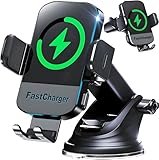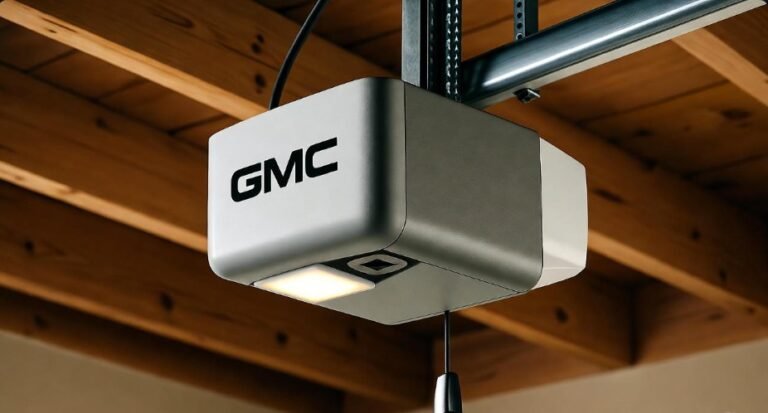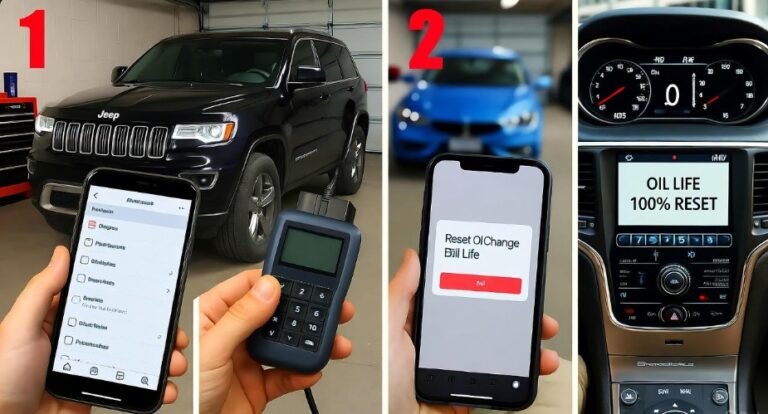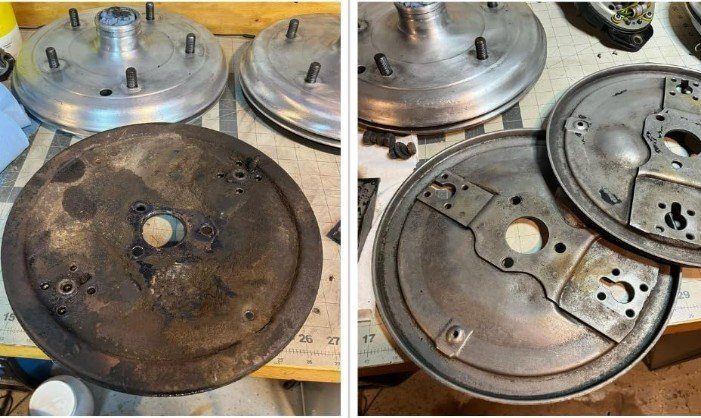Which Is Better Disc or Drum Brakes in Bikes
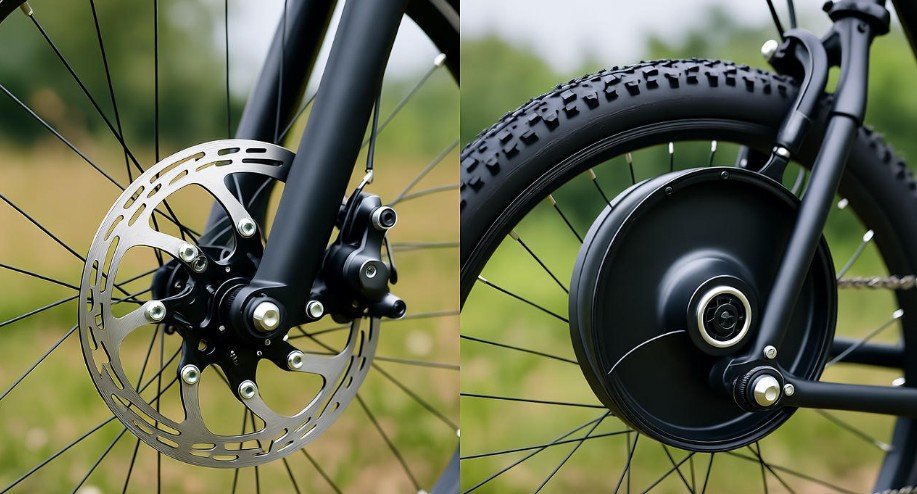
For most modern bikes, disc brakes offer superior stopping power and performance compared to drum brakes, making them the generally better choice for enhanced safety and control.
Key Takeaways
- Disc brakes provide sharper, more consistent stopping power.
- Drum brakes are simpler and require less maintenance.
- Disc brakes perform better in wet conditions.
- Drum brakes are typically found on older or lower-spec bikes.
- Disc brakes offer better heat dissipation for prolonged use.
- Consider your riding style and bike’s intended use.
Disc vs. Drum Brakes in Bikes: A Clear Guide for Riders
Understanding the braking system on your bike is crucial for safety and performance. You might have heard terms like “disc brakes” and “drum brakes” and wondered what the difference is. This can be confusing, especially when looking at different motorcycle models. Both systems aim to slow your bike down, but they do it in very different ways, with distinct advantages and disadvantages. Knowing which is better for your needs will help you ride with more confidence. We’ll break down exactly how each type works, their pros and cons, and help you decide which is the right fit for your riding adventures. Let’s explore the world of bike brakes and make your journeys safer.
How Bike Brakes Work: The Basics
At its core, any braking system on a vehicle, including a bike, works by converting the kinetic energy of your moving bike into heat energy through friction. When you engage the brakes, a mechanism applies pressure to create this friction, slowing down the wheels. The difference between disc and drum brakes lies in the specific components used to create this friction and how they are applied. Understanding these fundamental principles will make it easier to grasp why one might be better than the other in certain situations.
Understanding Disc Brakes on Bikes
Disc brakes are the more modern and increasingly common braking system found on many motorcycles today. They are recognized for their superior performance, especially in demanding riding conditions.
Components of a Disc Brake System
A disc brake system is comprised of several key parts that work together seamlessly:
- Rotor (Disc): This is a large, flat metal disc (usually steel) that is attached to the wheel hub and rotates with the wheel.
- Caliper: The caliper is a clamp-like device that houses the brake pads. It is mounted to the bike’s suspension fork (for front brakes) or swingarm (for rear brakes) and straddles the rotor.
- Brake Pads: These are friction materials that are pressed against the rotor. When you apply the brake lever, hydraulic fluid or a cable pushes these pads inward.
- Brake Lever: Located on the handlebar, this is what you squeeze to activate the brakes.
- Master Cylinder: Connected to the brake lever, it converts the lever’s motion into hydraulic pressure (in hydraulic systems).
- Brake Lines (Hoses): These carry the hydraulic fluid from the master cylinder to the caliper.
How Disc Brakes Operate
When you pull the brake lever, the master cylinder forces brake fluid through the brake lines. This fluid pressure is then transmitted to the pistons within the caliper. The pistons push the brake pads against both sides of the spinning rotor. The friction generated between the pads and the rotor slows down the wheel. This system is very efficient because it provides a large surface area for friction and is directly exposed to the air, aiding in cooling.
Advantages of Disc Brakes
- Superior Stopping Power: Disc brakes offer significantly more stopping force than drum brakes, allowing for quicker deceleration and shorter stopping distances. This is critical for road safety, especially in emergency situations.
- Consistent Performance: They provide a more predictable and consistent braking feel, even under heavy use. This means you can rely on them to perform similarly every time you brake.
- Excellent Heat Dissipation: The exposed rotor and caliper design allow for better airflow, which helps dissipate heat generated during braking. This reduces the risk of brake fade, where brakes lose effectiveness due to overheating.
- Better Wet Weather Performance: Water and dirt can be more easily cleared from the rotor and pads due to their exposed nature, meaning braking performance is less compromised in wet conditions compared to drum brakes.
- Easier Maintenance and Inspection: While not maintenance-free, disc brake pads are generally easier to inspect and replace. You can often see the wear on the pads without disassembling the wheel.
- Modern Technology: Many advanced features, such as Anti-lock Braking Systems (ABS), are typically integrated with disc brake systems, further enhancing safety and control. For more information on ABS, check out resources from organizations like the National Highway Traffic Safety Administration (NHTSA).
Disadvantages of Disc Brakes
- More Complex System: The hydraulic system can be more complex to repair if leaks or internal component failures occur.
- Higher Cost: Disc brake systems are typically more expensive to manufacture and therefore, bikes equipped with them can have a higher initial purchase price.
- More Exposure to Damage: The rotors and calipers are external and can be more susceptible to damage from impacts or debris on the road.
Exploring Drum Brakes on Bikes
Drum brakes, while less common on new, performance-oriented motorcycles, were a standard for many years and can still be found on older models or simpler, lower-cost bikes. They have a distinctly different mechanism for braking.
Components of a Drum Brake System
A drum brake system consists of the following parts:
- Brake Drum: This is a cylindrical or barrel-shaped component that is attached to the wheel hub and rotates with the wheel. It has an internal lining.
- Brake Shoes: These are curved, arcuated pieces of metal lined with friction material. They are housed inside the brake drum.
- Actuator Mechanism: This is typically a cam mechanism or a set of levers that are activated by a cable or rod.
- Brake Cable/Rod: Connects the brake lever or pedal to the actuator mechanism.
- Brake Lever/Pedal: The control you operate to initiate braking.
How Drum Brakes Operate
When you operate the brake lever or pedal, a cable or rod pulls on the actuator mechanism. This mechanism, often a rotating cam, forces the brake shoes outward against the inner surface of the rotating brake drum. The friction between the brake shoes and the drum’s lining slows the wheel down. The entire mechanism is enclosed within the drum, offering protection but also limiting airflow for cooling.
Advantages of Drum Brakes
- Simplicity and Durability: Drum brake systems are mechanically simpler, with fewer parts and no hydraulic fluid to manage. This often translates to greater durability and resilience against environmental factors.
- Lower Cost: They are significantly cheaper to manufacture, making them a cost-effective solution for entry-level motorcycles or scooters.
- Lower Maintenance: With fewer components and better protection from outside elements, drum brakes generally require less frequent maintenance and are less prone to contamination.
- Protection from Elements: The enclosed design protects the braking mechanism from dirt, water, and debris, which can be an advantage in certain harsh environments, though their performance in wet conditions is still inferior.
Disadvantages of Drum Brakes
- Less Stopping Power: Drum brakes inherently provide less stopping force compared to disc brakes of similar size. This means longer stopping distances, which can be a safety concern.
- Prone to Brake Fade: The enclosed design severely limits airflow, leading to poor heat dissipation. Under heavy or prolonged braking, the drum can overheat, causing brake fade and a significant loss of braking effectiveness. This is particularly noticeable on downhill descents.
- Poor Wet Weather Performance: Water and dirt can get trapped inside the drum, creating a slippery surface that dramatically reduces friction and braking performance until the drum can dry out.
- Difficult to Inspect and Maintain: Accessing and inspecting brake shoes for wear, or performing any maintenance, typically requires removing the wheel, making it a more labor-intensive process.
- Less Responsive Feel: The braking action can sometimes feel less precise or less responsive compared to the sharp, immediate engagement of disc brakes.
Disc vs. Drum Brakes: A Direct Comparison
To make the differences clearer, let’s look at a direct comparison of key features:
| Feature | Disc Brakes | Drum Brakes |
|---|---|---|
| Stopping Power | High | Moderate to Low |
| Heat Dissipation | Excellent | Poor |
| Wet Weather Performance | Good | Poor |
| Maintenance Complexity | Moderate (hydraulic) | Simple (mechanical) |
| Cost of System | Higher | Lower |
| Durability to Elements | Moderate (exposed) | High (enclosed) |
| Brake Fade Potential | Low | High |
| Integration with ABS | Common | Rare |
| Common on Bikes | Modern performance bikes, cruisers, sportbikes | Older bikes, scooters, entry-level motorcycles |
Which Is Better for Your Bike: Disc or Drum?
The answer to “which is better” largely depends on the type of riding you do and the motorcycle you own or are considering. For the vast majority of riders, especially those in the USA who might encounter varied weather and traffic conditions, disc brakes offer a significant advantage.
When Disc Brakes Shine
- Daily Commuting: The reliability and consistent performance of disc brakes provide peace of mind in stop-and-go urban traffic.
- Sport Riding and Performance: For anyone interested in spirited riding, track days, or demanding maneuvers, the superior stopping power and fade resistance of disc brakes are essential.
- Touring and Long Rides: Disc brakes handle sustained braking on descents and offer better control in unpredictable road conditions that touring riders often face.
- Riding in Varied Weather: If you ride in the Pacific Northwest, the humid South, or anywhere with frequent rain, disc brakes will offer a much safer experience.
When Drum Brakes Might Suffice
- Low-Speed Cruising: For very low-speed riding, such as on a small scooter used only for short, slow trips around a quiet neighborhood, drum brakes might be adequate.
- Budget-Conscious Buyers: If budget is the primary concern and the bike will be used for minimal, low-intensity riding, a bike with drum brakes could be a sensible choice.
- Restoration Projects: For owners of classic motorcycles that originally came with drum brakes, maintaining the original setup is often part of the restoration.
Pro Tips for Maintaining Your Bike’s Brakes
Regardless of whether you have disc or drum brakes, proper maintenance is key to ensuring they function optimally and safely.
- Regular Inspections: Visually inspect your brake pads (for disc brakes) and check the brake cables or hydraulic lines for any signs of wear, damage, or leaks.
- Cleanliness Matters: Keep your brake components clean. For disc brakes, avoid getting oil or grease on the rotors and pads. For drum brakes, ensure no debris gets into the drum.
- Check Fluid Levels: For hydraulic disc brakes, regularly check the brake fluid level in the master cylinder and ensure it is within the recommended range. Consult your owner’s manual for the correct type of brake fluid.
- Test Brakes Before Every Ride: Always perform a quick brake test before you start your journey. Squeeze the levers and feel for firm pressure.
- Replace Worn Parts Promptly: Don’t wait until your brakes are completely worn out. Replace brake pads and shoes according to the manufacturer’s recommendations or when they show significant wear.
- Listen for Noises: Grinding or squealing noises can indicate worn pads or debris. Address these issues immediately.
For detailed maintenance schedules and specifications specific to your motorcycle, always refer to your owner’s manual or consult a qualified motorcycle mechanic.
The Role of Braking Systems in Motorcycle Safety
Braking systems are arguably the most critical safety component on any motorcycle. The ability to control your speed and stop effectively can mean the difference between a safe stop and a dangerous situation. The advancements in disc brake technology, particularly the integration of ABS, have made motorcycles significantly safer. ABS prevents wheel lock-up during hard braking, allowing the rider to maintain steering control. For more on motorcycle safety, resources from organizations like the Motorcycle Safety Foundation (MSF) are invaluable. They provide comprehensive training and safety tips for riders of all levels.
Frequently Asked Questions (FAQs)
What is the difference between a hydraulic disc brake and a mechanical disc brake?
Hydraulic disc brakes use brake fluid to transmit force from the lever to the caliper, offering more power and better modulation. Mechanical disc brakes use a cable, similar to bicycle brakes, which is simpler but generally offers less power and feel.
Are drum brakes really that bad?
Drum brakes are not inherently “bad,” but they are less effective than disc brakes, especially in terms of stopping power and heat management. They are suitable for low-speed applications but can be dangerously inadequate for higher speeds or demanding conditions.
How often should I check my bike’s brake pads?
You should visually inspect your brake pads at least once a month, or more frequently if you ride often or in challenging conditions. Many mechanics recommend checking them every time you get an oil change.
Can I convert my bike from drum brakes to disc brakes?
Yes, it is often possible to convert a bike from drum brakes to disc brakes, but it can be a complex and expensive modification. It usually involves replacing the entire front and rear wheel hubs, the brake assemblies, and potentially modifying the frame or forks. It’s best to consult with a professional motorcycle mechanic.
Which type of brake is better for off-road riding?
For most off-road riding, disc brakes are preferred for their superior dirt and mud shedding capabilities and consistent power, especially in wet or muddy conditions. While drum brakes are more protected from impacts, their performance degradation in wet/muddy conditions is a significant downside for off-road use.
What does “brake fade” mean?
Brake fade is the reduction in braking effectiveness that occurs when brake components overheat. This is more common with drum brakes due to their poor heat dissipation. You might feel the brake lever become soft and require more pressure to achieve the same stopping effect.
Conclusion
When comparing which is better, disc or drum brakes in bikes, the modern consensus points strongly towards disc brakes for their superior performance, safety, and versatility. While drum brakes have their place in simpler, lower-speed applications due to their cost-effectiveness and mechanical simplicity, they cannot match the stopping power, fade resistance, and wet-weather capabilities of disc brakes. For riders in the USA looking for the best in braking technology and safety, especially for anything beyond very basic, low-speed use, disc brakes are the clear choice. Investing in a bike with good disc brakes, and maintaining them properly, is one of the most important steps you can take to ensure a safe and enjoyable riding experience.

